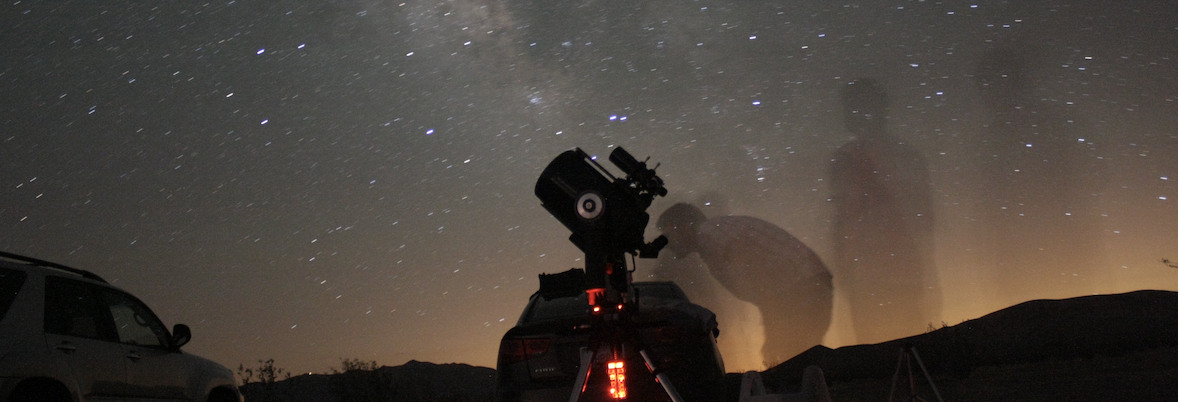Episodes

Wednesday Mar 31, 2021
April 2021
Wednesday Mar 31, 2021
Wednesday Mar 31, 2021
WATCH this on YouTube
LISTEN as a podcast on Podbean, Stitcher, or iTunes
Social Media: @mrwebbpv on Twitter and Instagram
@pvplanetarium on Facebook, Twitter, and Instagram
April of 2021 delivers a few mornings and a few evenings of lunar close encounters, as well as a meteor shower, as we stay up later to get those dark skies.
Welcome to Observing With Webb, where a high school astronomy teacher tells you what you’re looking at, why it’s so cool, and what you should check out later this month…at night.
Naked-eye PLANETS...
Sunset – Mars
- Mars (SW-->W) – Look SW and two-thirds of the way up the sky after sunset to find the non-twinkling reddish-orange dot, much brighter than everything around it, above Taurus in the beginning of the month and above Orion toward the end. Sets around midnight in the WNW.
Throughout the night – None at the moment
Morning – Saturn, Jupiter
- Saturn, Jupiter – The two gas giants are low in the SE, getting higher and rising earlier each day. Look SE in the morning (after 5am in the beginning of the month, after 3am by the end). Jupiter will be on the left, with Saturn up and to the right about 15˚.
EVENTS...
Waning Gibbous (Mostly lit, rises later at night)
Last Quarter Moon – 4th (Visible from midnight into the morning)
Morning Crescents (look East in the AM)
New Moon – 11th (darkest skies)
Evening Crescents (look West after Sunset)
First Quarter Moon – 20th (Visible until midnight)
Evening Gibbous (Mostly lit, after Sunset)
Full Moon – 26th (Visible all night)
5th – 7th – Close Encounter – Moon, Saturn, Jupiter – Before sunrise in the SE, between 5am and 6am EDT on these mornings, a beautiful crescent Moon will be passing by our two biggest gas planets. On the 5th, the Moon will be about 13˚ to the right of Saturn. On the next morning (the 6th) the Moon will be just 4˚ under Saturn. Then on the 7th, our crescent Moon hangs out just 5˚ below Jupiter.
15th – 17th – Close Encounter – Moon, Mars, Pleiades, Taurus – Get out there between sunset and midnight to find the crescent Moon in the West right next to Taurus, with the Pleiades on the opposite side, and Mars far above. On the 16th the Moon moves closer to Mars, leaving Taurus and the Pleiades behind. Finally, on the 17th, the Moon is just 5˚above Mars.
22nd – LYRID METEOR SHOWER – 2021 is a decent year for the Lyrids, if you’re willing to get up in the morning to watch. At only 10-20 meteors per hour, it is a minor shower, and we have a Moon just past its 1st quarter, so it won’t get drowned out by moonlight…after 4am. You’ll still be able to see SOME meteors at night, but it’ll be better without the Moon’s light pollution. So look North in general in the morning before dawn. The shower is greatest on the 22nd, but you might see some on the 21st and 23rd as well. Just remember each meteor is piece of debris left over from a comet, and we’re crashing into it at over 100,000 miles per hour, which crushes the atmosphere it hits, heating it up and causing the bright flash.
Some advice for watching:
Find a dark location and lie down in a reclining chair or something that insulates you from the ground.
Check the weather to see if the skies will be clear
Adapt your eyes to the dark by staying away from light sources or using a red light if you need to look at a star chart or not trip over something.
If you’re feeling extra nerdy, do a scientific meteor count (S&T and IMO)
CONSTELLATIONS...
Use a sky map from www.skymaps.com to help you out.
After Dinner:
Leo, Orion & his winter companions – Leo will be high in the South, almost straight above you. It has a backward question mark with a right triangle to the left of the question mark. Also, take a moment to get your last glimpse Orion, Taurus, the Pleiades, Gemini, Auriga, and Canis Major off in the West.
Before Bed:
Big Dipper, Bootes – If you look above Leo, behind you and high in the sky, you should find the Big Dipper: seven very bright stars that form a spoon shape. Now if you take the handle of the Dipper, follow its curve to the next bright star you see, about 30˚ away, which is Arcturus. “Follow the arc to Arcturus.” That’s the brightest star in Bootes, which looks like a kite. Take that same curve, and follow it about another 20˚ to “speed on to Spica”, the brightest star in Virgo, one of my favorite constellations, since it reminds me of the Dickinson Mermaid.
Before Work:
Lyra, Hercules, Hercules Cluster – Look pretty much straight above you, and find the brightest star up there. You’ll notice a parallelogram attached to it. This is the brightest star Vega, part of the constellation Lyra, the harp. Next to that is a keystone shaped constellation called Hercules. On the right side of the keystone is a small cluster of stars known at the Hercules Cluster, which is a collection of hundreds of stars on the outskirts of our galaxy. Given how high it is in the sky right now, you might catch its faint fuzziness with your naked eye, but a set of binoculars or a small telescope will really help you see it.


No comments yet. Be the first to say something!